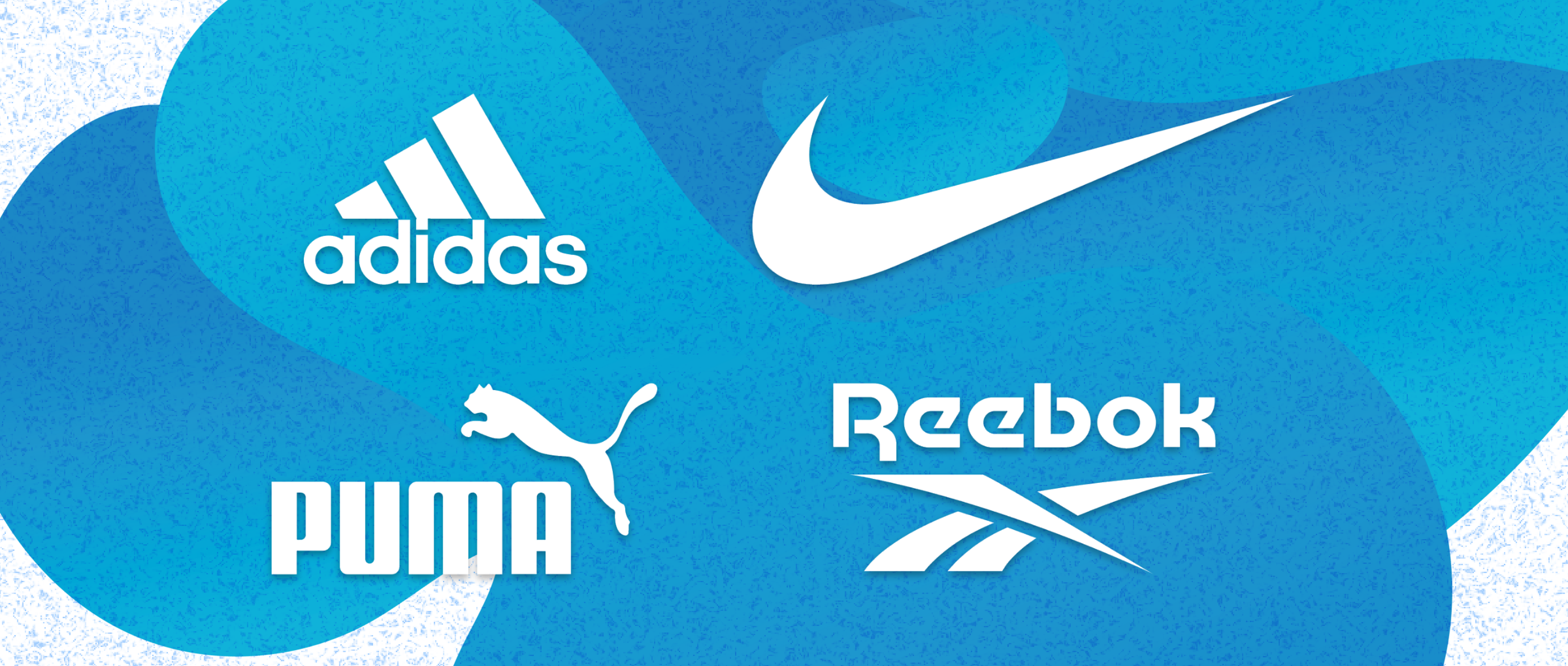Defining a Logo
Let's begin with the basics: What is a logo?
Sometimes referred to as a brand logo, it's essentially a visual symbol or mark that encapsulates a brand's identity or message. A logo serves as an instant point of recognition for a business and is a tool for attracting potential customers. The ideal logo should be simple, scalable, versatile, and timeless - and should be able to effectively communicate the message of the brand it represents.
The purpose of a logo
A logo serves the vital role of unifying and trademarking various brand assets under one easily recognisable visual symbol. These brand assets can include products, advertising materials, and more. Through the creation of a memorable logo, customers can develop trust and a sense of recognition associated with this visual emblem. This tool is absolutely pivotal in the effort to build a returning customer base and raise brand awareness.
As human beings, we've been conditioned over time to have an emotional response triggered by logos, especially when they are associated with the assets they represent. It's safe to assume that consumers readily recognise that a logo represents an organisation, product, or service—a badge of representation, a banner of allegiance.


